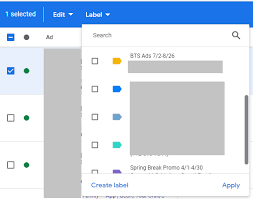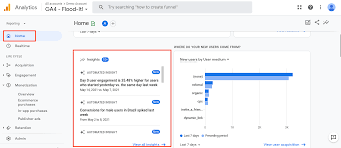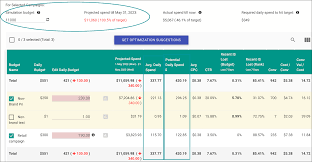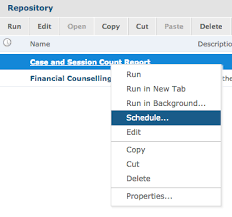On-demand app development solutions have exploded in popularity, providing instant access to services with just a tap. From ride sharing to food delivery, these convenient apps are used by millions daily.
However, the sensitive user data flowing through on-demand software development solutions also makes them an attractive target for cybercriminals. A breach could damage your reputation, result in heavy fines, and lose customer trust.
Fortunately, with vigilance and the right precautions, you can secure your on-demand app development solution against threats. In this comprehensive guide, we'll explore best practices for protecting your app and user data from cyberattacks and breaches.
The Rising Threat Landscape for On-Demand Apps
As on-demand app development solutions handle financial, location, and other personal data, they face various cybersecurity threats:
- Malware - Malicious software designed to infiltrate systems and steal data. Apps and backends can be infected via phishing emails, infected devices, or drive-by downloads.
- Phishing- Deceptive emails and sites that trick users into revealing login credentials. Attackers then access accounts to steal data.
- Denial-of-Service (DoS) - Flooding app servers with traffic to overwhelm and crash them, preventing access for users.
- Man-in-the-Middle Attacks - Intercepting and collecting data as it travels between user devices and app servers. SSL encryption prevents this.
- SQL Injection - Injecting malicious code into app queries to access or destroy databases. Input validation must be used to stop this.
Staying ahead of emerging threats is crucial. Conducting risk assessments and audits identifies where your app is vulnerable so you can improve defenses.
Building a Secure Foundation for Your App
The first step is baking security into your app from initial design through deployment. Any leading On-demand app development company should utilize best practices including:
- Secure Code Review- Rigorously review all code for flaws and vulnerabilities before launch. Test for injection threats, authentication issues, and other bugs.
-Encryption Everywhere- Encrypt all sensitive data in transit and at rest. SSL/TLS secures connections, while cryptographic hashes protect stored data.
- Access Controls- Limit data access with role-based permissions. Employees should only have minimal access needed for their role.
- Input Validation- Sanitize and validate all user inputs on client and server side to prevent insertion of unintended code or commands.
By making security central to your development lifecycle, you create an app resilient against attacks. Partnering with an experienced on-demand app development company proficient in security best practices is wise.
Ongoing Protection: Security Posture for a Live App
Launching your app is just the beginning. You must also implement comprehensive security protections and monitoring to keep it safe from threats:
-
Authentication and Access
- Multifactor Authentication - Require an extra step like biometrics or one-time passwords to access accounts. This prevents brute force attacks.
- API Access Controls - Scrutinize what data APIs allow access to. Limit to only what partner apps need. Never give full database access.
- Password Policies - Enforce strong password requirements and regular password changes to prevent easy cracking.
- Entitlement Management - Control what features and data users have access to based on identity and role. Revoke access immediately for departing employees.
- Single Sign-On- Use one secure master credentials to access multiple apps and services. This reduces exposed passwords.
-
Data and Activity Monitoring
- Intrusion Detection Systems (IDS) - Network IDS monitors traffic for anomalies and known attack patterns, alerting security teams.
- Security Information & Event Management (SIEM)- Collect and analyze activity across infrastructure for suspicious events that warrant response.
- Data Loss Prevention- Detect attempts to exfiltrate sensitive data like customer records or financial info. Block and alert on such transfers.
- Database Auditing - Audit databases containing personal data for unauthorized access. Redact data not required.
-
Incident Response Readiness
- Forensic Snapshots - After detecting compromise, take complete system images to gather evidence for tracing the attacker's steps.
- Breach Notification- Have a plan to rapidly inform customers and authorities of a data breach as required by regulations.
- Data Recovery - Restore from backups to quickly recover after an attack. Keep regularly updated backups offline and secure.
- Simulation Exercises- Run practice breach response drills to refine your plan and identify any gaps.
-
Compliance with Regulations
Stay up-to-date on data protection laws and regulations applicable to your app:
- GDPR - General Data Protection Regulation in the EU requiring protection of EU citizen data. Fines up to 4% of global revenue for violations.
-CCPA - California Consumer Privacy Act grants new rights to access and delete personal data of California residents.
- PCI DSS- Payment Card Industry Data Security Standard applies to all apps handling payment card data. Requires rigorous controls.
Non-compliance with regulations may lead to lawsuits, fines, and damaged reputation. Consult with legal advisors to ensure you meet all necessary standards.
By implementing these comprehensive security measures and diligently monitoring your systems, you can protect your on-demand app development solutions and valuable user data against cyber threats. Be proactive about security - staying one step ahead of attackers is key to avoiding devastating breaches. Partnering with an expert on-demand app development company proficient in security is wise for guidance tailoring protections to your unique risks.
The Path Ahead
While robust security is crucial for on-demand software development solutions, defenses must also stay adaptable to the ever-evolving threat landscape. Zero day threats and new attack vectors will continue to emerge. Maintaining vigilance requires actively monitoring for new risks, conducting ongoing security audits, and regularly stress testing defenses.
As apps scale, new challenges arise in threat detection and response with huge volumes of data and users. Machine learning and AI can help automate threat intelligence gathering and analysis for rapid identification of attacks.
Strong security also enables innovation, as partners and customers have confidence in data protection. On demand app developers can focus on new features knowing the app foundation is hardened against compromise. Adaptable protections will continue driving the next generation of convenient and secure on-demand services.
Consagous Technologies is a premier on-demand app development company proficient in building highly secure apps resistant to modern cyber threats.
|
Industry |
Apps Developed |
|
Ride Sharing |
|
|
Food Delivery |
|
|
Home Services |
Web, CMS |
|
On-Demand Staffing |
Android, Backend |
For an on-demand app built secure by design, contact Consagous Technologies today. Our security experts will partner with you to protect your customers and your reputation.
Contact us today.




















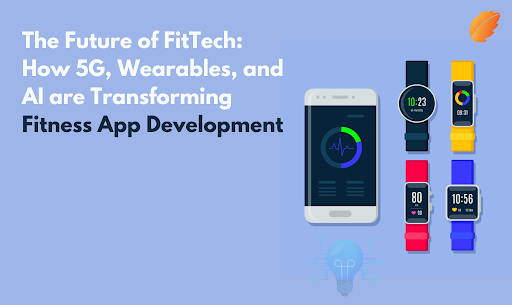 New technologies like 5G, wearables, and AI are making it possible to offer such dynamic and personalized
New technologies like 5G, wearables, and AI are making it possible to offer such dynamic and personalized 











